Why vote Liberal when the main parties look the same?
Core Liberal values are timeless and easily applicable to younger voters and contemporary issues. The Liberals have been taken over by worriers when what they need is warriors.
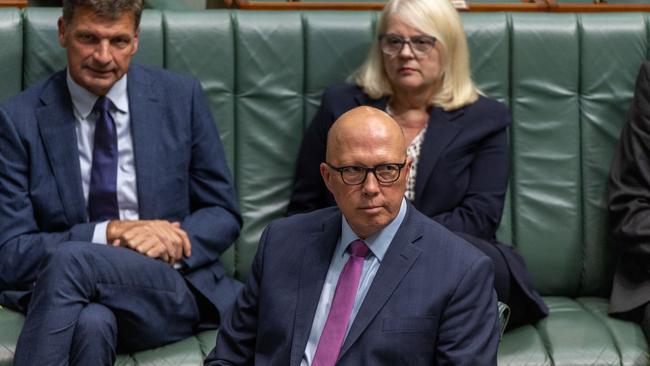
He made an attempt, talking about his commitment to community, but quickly seemed lost and realised his folly. “I’m buggered,” he said, “I’m sorry.” Live to air, he walked out of the radio studio and away from politics.
The performance has often been derided but now must surely stand as one of the most honest and prescient assessments of the political caper ever delivered. Politics should be the preserve of those with clear values, aims and intentions. In a flash of insight, Meninga realised it was not for him. He struggled to outline his conviction, so he bailed. If only more of our current crop of careerists had the same propensity for self-assessment.
The cancer in politics now is that the main parties are overpopulated by people without community roots, policy values or philosophical aspirations. Our political class is full of functionaries who have more personal ambition than political conviction, as they pursue poll-driven and media-led campaigning for victory rather than an improved state or country. Little wonder the major parties are bleeding votes and a despondent electorate looks for love among the Greens, teals, orange GetUp types or any other bright shiny thing. The only clear value that dares speak its name in contemporary politics is the delusional and ubiquitous aim of “saving the planet” – which happens to be one of the few issues on which Australian policy can have no discernible impact and on which there is little serious debate between the major parties.
At a time of spiralling electricity and gas prices, and a looming supply crisis, the major parties hardly differ on climate and energy policy. They engage in bipartisan national self-harm, forcing an energy-rich nation into energy poverty, while neither party wears political pain because they dare not expose the folly. It is a duopoly of deceit. A corrosive coupling. A climate cop-out.
Differences on economic management have fallen by the wayside, too, as Coalition governments surrendered their aversion to deficits and debt during the pandemic. Worse, the unprecedented government interventions during the pandemic – onerous rules, border closures, lockdowns, and mandates – saw the Liberal Party abandon its foundational commitments to small government, personal responsibility and individual freedom.
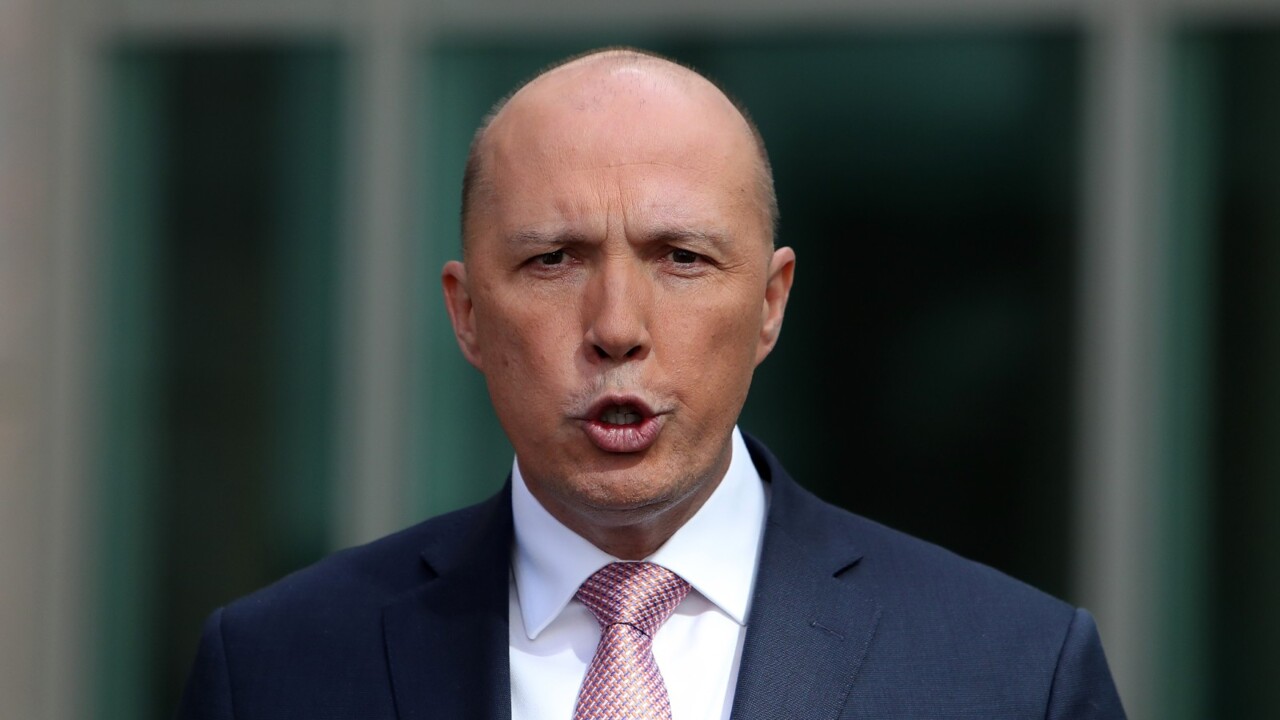
On top of this is a lowbrow campaigning mentality that has reduced the electoral contest to handouts at 10 paces. The NSW Coalition government that was defeated last weekend had promoted back-to-school vouchers, sports vouchers, creative vouchers, energy rebates, toll rebates, dine and discover vouchers and car purchase grants, and promised a taxpayer-funded, non-means-tested children’s savings scheme.
By opposing this scheme and resisting a big government move to eliminate cash from all gaming machines operations, Labor actually had a more right-of-centre agenda. The only prominent policy Labor leader Chris Minns took to the election that was to the progressive side of the Coalition government was his pledge to scrap a public sector wages cap.
With this lack of political differentiation in mind, I grabbed my chance during the Sky News election night coverage to interview Liberal moderate powerbroker Michael Photios, a former state minister, now lobbyist, and the most influential backroom operator in the NSW Liberals. One of his answers floored me; it laid bare how, for some, the Liberal Party has surrendered any philosophical purpose, how for them it exists only as a vehicle for the exercise of political power and patronage.
My question pointed out that the Liberals had taken a woke agenda to the people, with a net-zero, big-government model characterised by the green, moderate treasurer and energy minister Matt Kean, and I suggested that was why it had failed. “If that’s the model,” retorted Photios, “it worked for Labor.”

Astonished, I replied that there was no point in all the parties running the same policies. What I should have said was that such policies were fine for Labor to run because it is supposed to be a leftist party, it is formulated as a democratic socialist organisation. The Liberal Party is supposed to be right-of centre, it exists to offer a non-Labor alternative.
Or at least it did, once upon a time. Under the Photios model (a leading light in the factional cohort that includes Kean, Malcolm Turnbull, Simon Birmingham, Marise Payne and others) the core Liberal values seem not to matter.
According to this mindset, any green-left fashion is deemed worthy of following if there is an inkling it might be popular. The only shibboleth these left-leaning Liberals cling to is a disdain for unions (and that cannot last forever given their collaborators in the media are members of the Media, Entertainment and Arts Alliance).
It is important not to over-interpret electoral results by focusing too heavily on singular factors, theories or arguments. The defeats of the Coalition in NSW, in the other mainland states and federally all involved numerous shared and separate aspects.
Partly, some of them can be attributed to the omnipresent but ill-defined “political cycle”, as John Howard acknowledged this week. There have been organisational, factional and longevity factors at play, and there is also the dumb luck of coming up against genuinely plausible Labor leadership alternatives – this was particularly relevant in South Australia with Peter Malinauskas and in NSW with Minns.
Then there are campaigning tactics, with defeated 20-year-old Liberal candidate Freya Leach arguing in this newspaper that a more contemporary social media strategy was required in the NSW poll. “If we do not address this serious deficit in our campaign strategy, we will never reach millennials and Gen Z,” she argued. All fair enough.
Still, underlying all of this, as evidenced by the Photios ambivalence, there is a retreat from core Liberal Party values that must be arrested. Writing in The Australian Financial Review, former federal Liberal leader and foreign minister Alexander Downer focused on the public mood.
“A combination of hysteria about climate change and Covid-19 has successfully pushed the public – especially the young – into abandoning concepts such as sound money, individual liberty and responsibility, and competitive markets,” he wrote. “The state knows best and it doesn’t matter how much it spends. That’s the prevailing zeitgeist.”
There is truth in this assessment. But the missing element is that the Liberal Party has surrendered on these issues and failed to offer an alternative – so, unless we trust the pollsters implicitly, we do not really know how voters would have reacted if the counterarguments had been made and a real alternative had been available at the ballot box.
At the most recent federal and state elections, anyone looking to vote for a party prioritising energy affordability and reliability over climate gestures, and favouring personal liberties, self-reliance, and individual choices over pandemic fearmongering, could find no such option unless they were prepared to plunge into the political backwaters of One Nation. These logical policy positions should be solid Liberal ground.
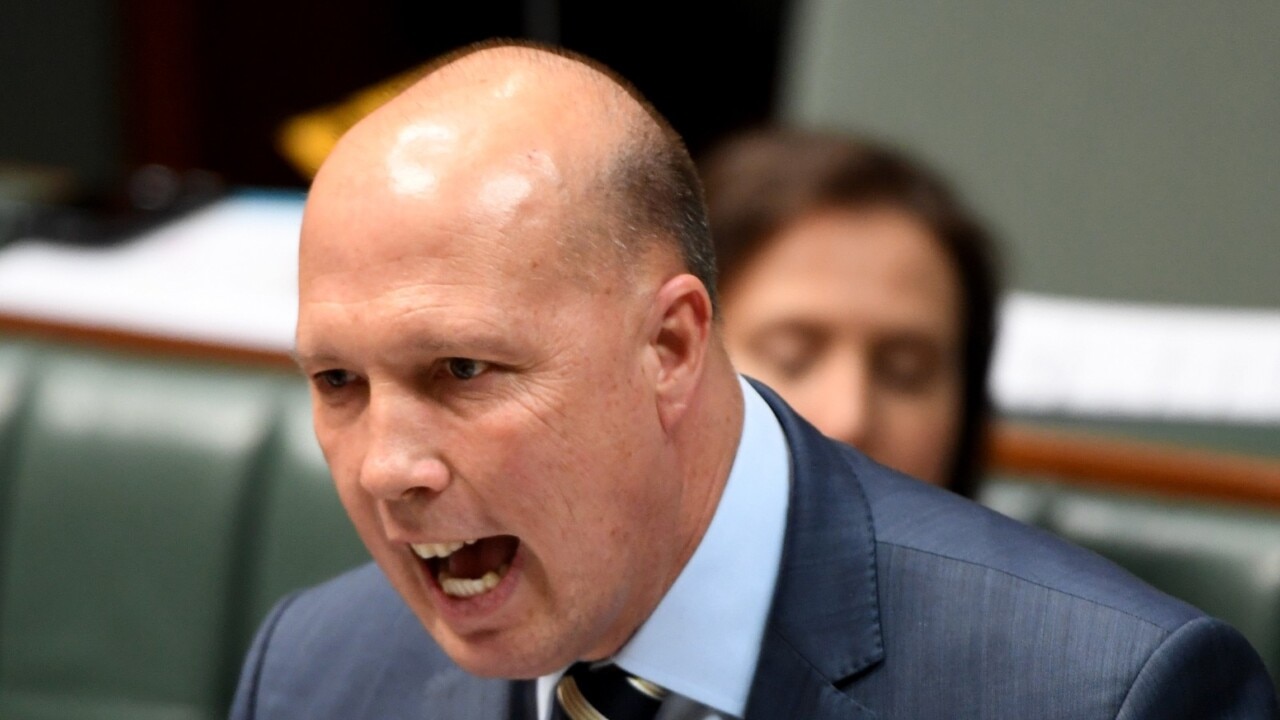
Yet functionaries such as Photios and failed moderates such as Jason Falinski deride any attempt to return to Liberal values as a call to “move too far to the right” and chase One Nation votes. They seem not to comprehend how the lily-livered policies and palpable lack of conviction displayed by the Liberals can encourage voters to drift off to Labor, the teals, anywhere, to vote for parties that at least show some certitude.
Core Liberal values are timeless and easily applicable to younger voters and contemporary issues. They speak to standard human instincts and proven economic and social realities. It is all there in the Liberals’ “We believe” statement, attached to every Liberal website. These values are not “hard right”, old-fashioned or ideological; they reflect the commonsense, mainstream, successful and fair approach the green-left parties can never emulate.
“We believe” aspires to “lean government” that “minimises interference” in our lives and prioritises encouragement for citizens rather than the “punishing disincentives of burdensome taxes” and “red tape”. It champions freedom of “thought, worship, speech and association” along with justice, the rule of law, opportunity and “individual freedom and free enterprise”. These values have not been evident in Liberal rhetoric or policies in recent years. Arguably, because of career mobility, labour flexibility and the gig economy, they are more applicable to the young than ever.
Many conservative Liberals have chosen the Indigenous voice as the issue on which to display their political conviction. Whatever the merits of the case (and my views are clear), this is not a political fight that will deliver any benefits for mainstream voters and the scare campaign risks framing the Liberals as mean-spirited and anachronistic. The harder and more important battles are to be had over energy, climate, taxes, debt, deregulation, small government, education and health choices, personal liberty, the rights of women and girls, and national security. The Liberals have been taken over by worriers when what they need is warriors.



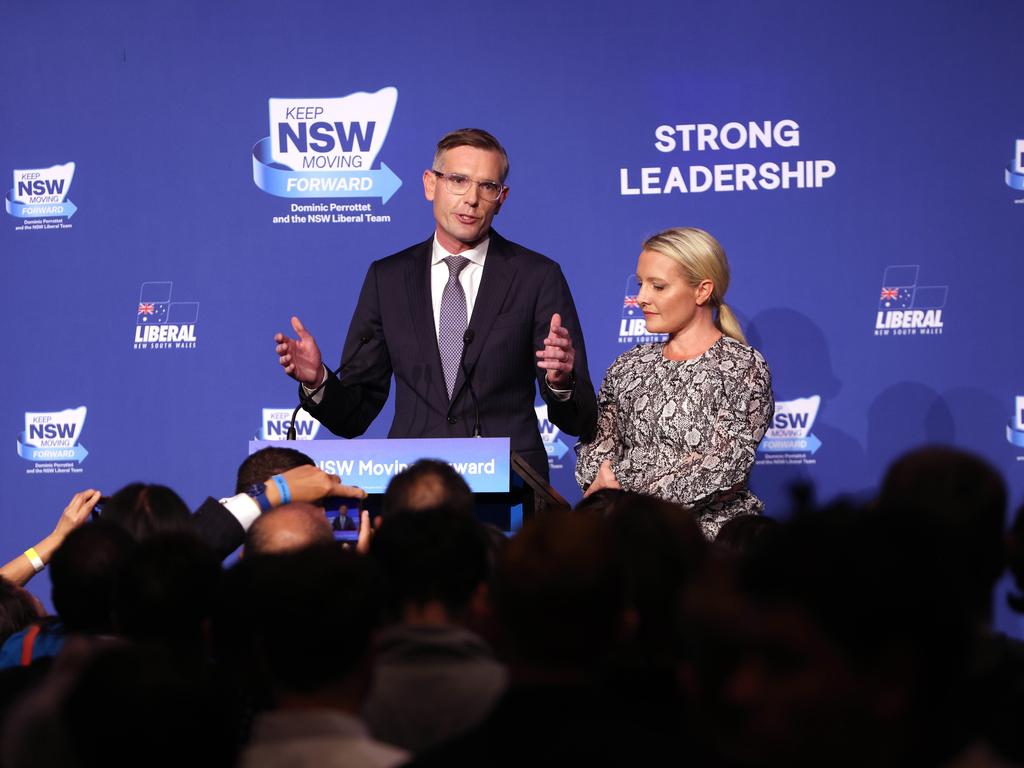
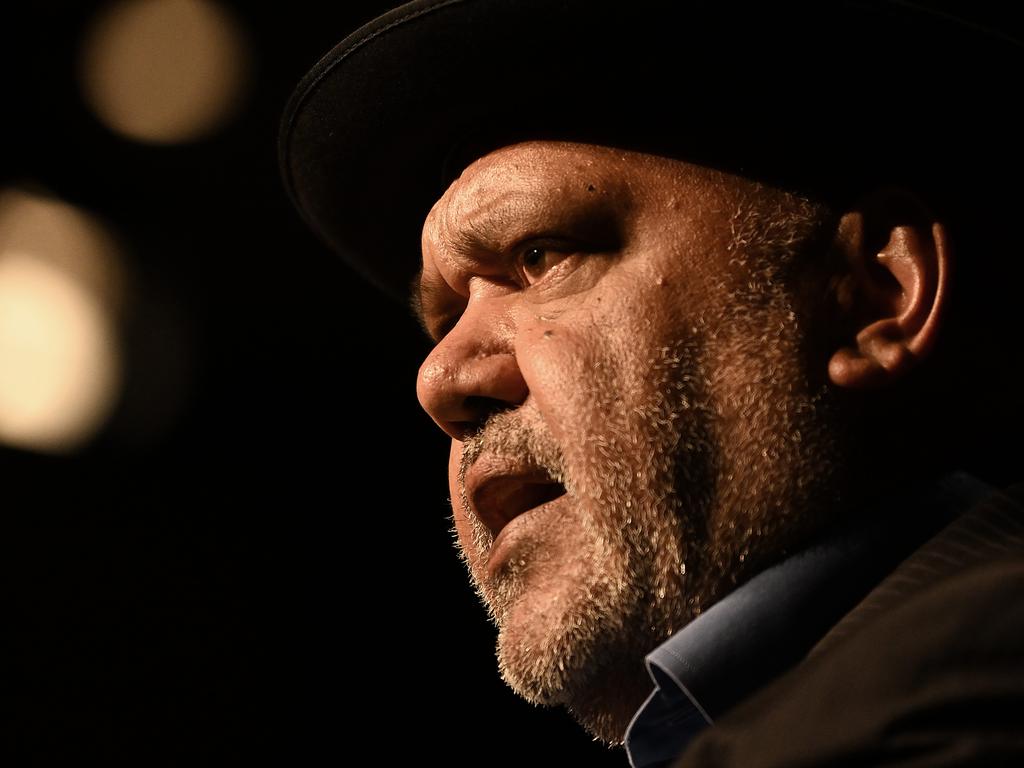
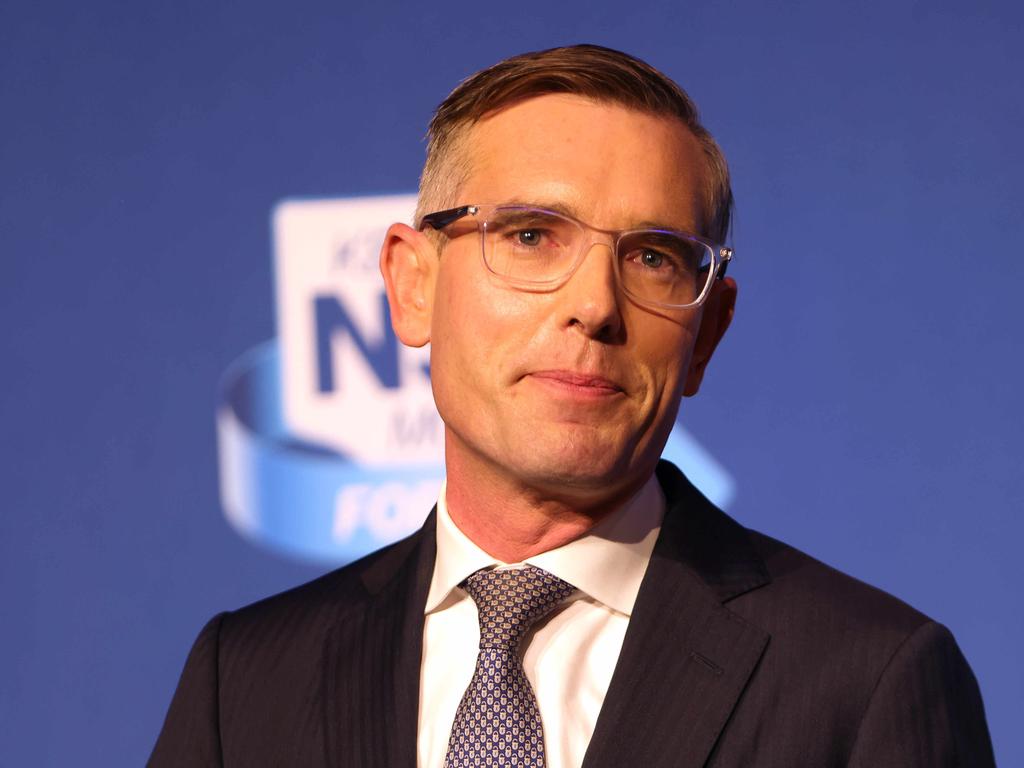


With every passing day, Mal Meninga looks smarter. Two decades ago, the rugby league legend ended his Canberra political career 30 seconds in; he had prepared policy and political answers, but in his first interview he was floored by the simple question: “Why are you standing?”